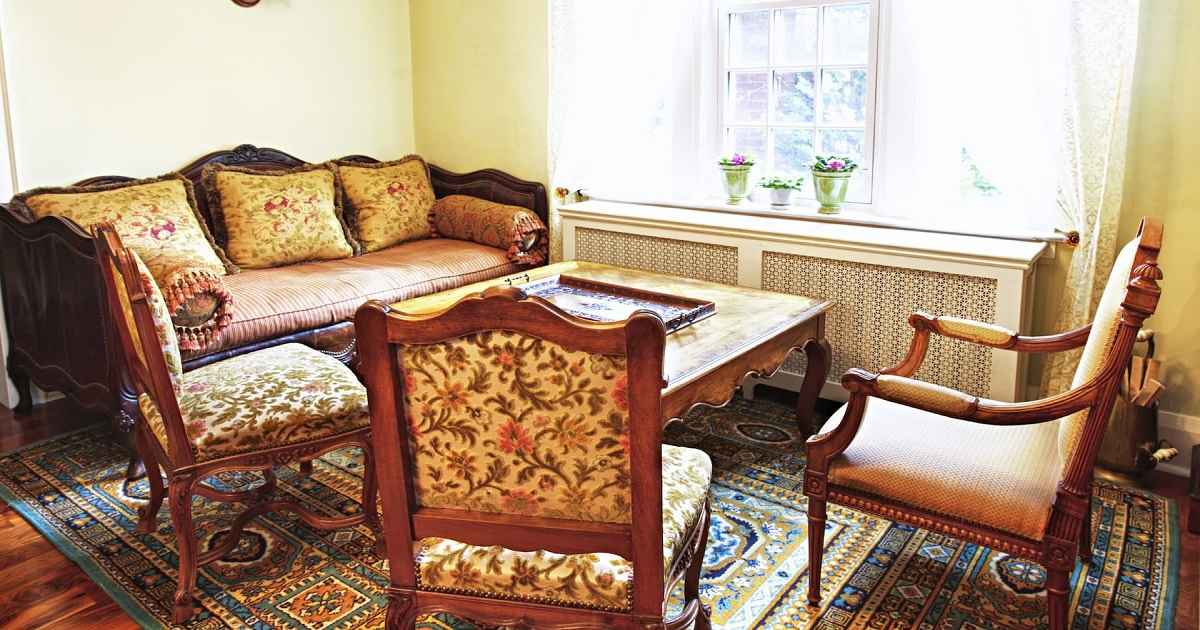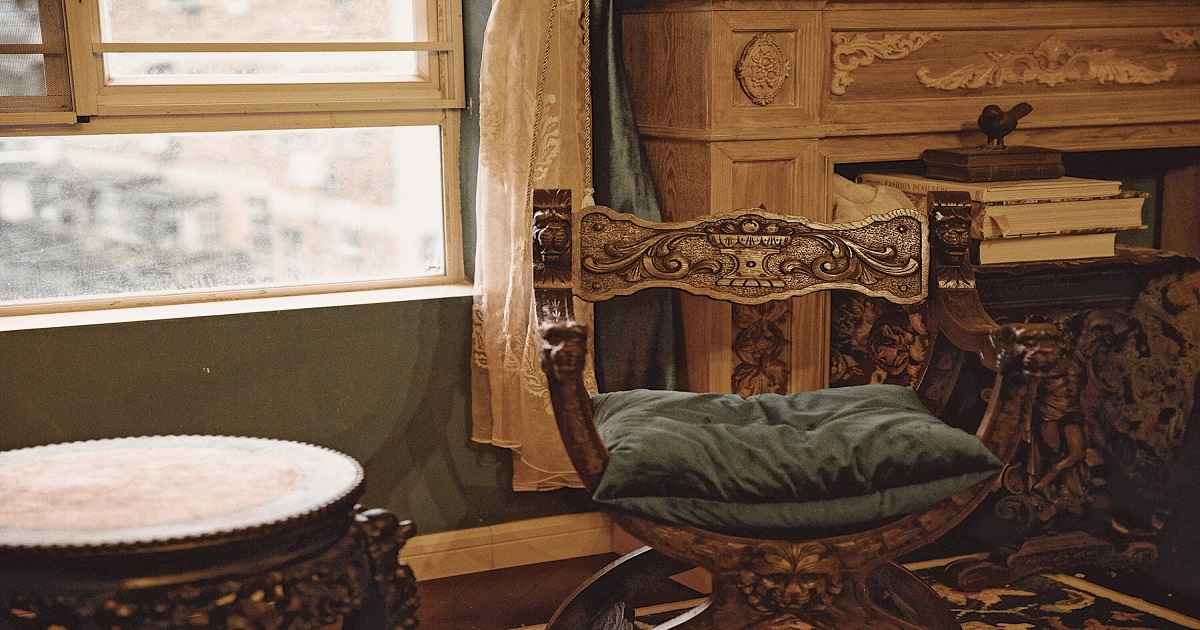How To Ship Antique Furniture
How to Ship Antique Furniture: A Detailed Guide
When it comes to moving precious items, antique furniture poses unique challenges. Its age, historical value, and often fragile condition require a specialized approach to shipping. Whether you’re a collector, dealer, or simply relocating a family heirloom, this guide provides a thorough overview of how to ship antique furniture safely, ensuring it arrives in pristine condition.
Initial Preparation
Assess and Inventory
Begin by assessing the condition of your antique furniture. Look for any existing damage, wear, or weak spots. This assessment will not only help in packing but also in determining if any pre-ship repairs are needed to strengthen the piece. Documenting the item with high-resolution photos from various angles is crucial. These images serve as a condition benchmark and are indispensable in case of an insurance claim.
Cleaning and Protecting
Clean your antique furniture with care. Use gentle, non-abrasive products that are appropriate for the piece’s material. Cleaning not only enhances the item’s appearance but also prevents any dirt or debris from causing damage during transport. Apply a layer of protective wax to wood surfaces to add an extra layer of protection against humidity and temperature changes.
Disassembly and Documentation
Disassembling for Safety
If the furniture can be disassembled, do so carefully. Removing legs, mirrors, or detachable shelves can make the piece easier to transport and less likely to be damaged. Keep a detailed record of each step taken during disassembly to ensure a hassle-free reassembly process. Store small parts like screws and bolts in clearly labeled bags, and attach them securely to the main body of the furniture or keep them in a designated box.
Packing Materials and Techniques
Selecting the Right Materials
Invest in high-quality packing materials. Bubble wrap, acid-free paper, foam padding, and sturdy boxes or custom crates are essential. For extremely delicate or valuable pieces, consider using a custom wooden crate for the outermost layer of protection. This provides a robust barrier against external pressures during transit.
Packing Like a Pro
Wrap each component of the furniture with multiple layers of protection. Begin with a soft layer of acid-free paper to protect the finish. Follow this with bubble wrap for cushioning, paying extra attention to corners and protruding elements. Use foam padding for an additional layer of security, especially around areas prone to impact. Secure the wrapping with packing tape, ensuring it does not come into direct contact with the furniture’s surface.
For the outer layer, use sturdy cardboard or a wooden crate, leaving space for cushioning materials to absorb shocks. Fill any voids with foam peanuts or additional bubble wrap to prevent movement within the crate.
Choosing a Shipping Carrier
Carrier Considerations
Selecting the right carrier is pivotal. Opt for companies with experience in handling antique furniture or valuable art. These carriers often provide white-glove services, including careful handling and climate-controlled options, which are vital for preserving the integrity of antique pieces.
Insurance and Liability
Ensure your chosen carrier offers comprehensive insurance that covers the full value of your furniture. Understand the policy details, including deductibles and claim procedures. Additionally, inquire about the carrier’s liability coverage and their process for handling claims should your furniture sustain damage during shipping.
The Shipping Process
Professional Loading and Unloading
Whenever possible, engage professionals to load and unload your antique furniture. Experienced movers will have the expertise and equipment to handle your items with the care they deserve. During transport, ensure the furniture is secured and positioned to minimize risk. Fragile pieces should never bear weight from other items.
Monitoring and Communication
Utilize tracking options to monitor your shipment’s progress. Stay in contact with the carrier, especially as the delivery date approaches, to make any necessary arrangements for receiving the shipment.
Post-Shipment Care
Immediate Inspection
Upon arrival, inspect your antique furniture immediately for any signs of damage. Compare its condition to the pre-shipment photos. Should there be any discrepancies or damage, document it thoroughly with photographs and notify the carrier immediately to initiate a claim.
Acclimatization and Care
Before placing the furniture in its new location, allow it to acclimatize to the environment, especially if there has been a significant change in climate. Gradually clean and polish the furniture as needed, using products suited to its materials and age.
Closing Thoughts
Shipping antique furniture demands meticulous attention to every detail, from initial assessment and preparation through to packing, selecting a carrier, and post-shipment care. By adhering to these guidelines, you can significantly mitigate the risks involved in transporting these valuable pieces.
Remember, the goal is not just to move an item from point A to point B but to preserve a piece of history. Whether you’re a seasoned collector or handling a single cherished heirloom, the effort and resources invested in shipping antique furniture properly are a testament to its value and significance. With careful planning, the right materials, and a reliable shipping partner, you can ensure your antique furniture is preserved for future generations to appreciate and enjoy.









